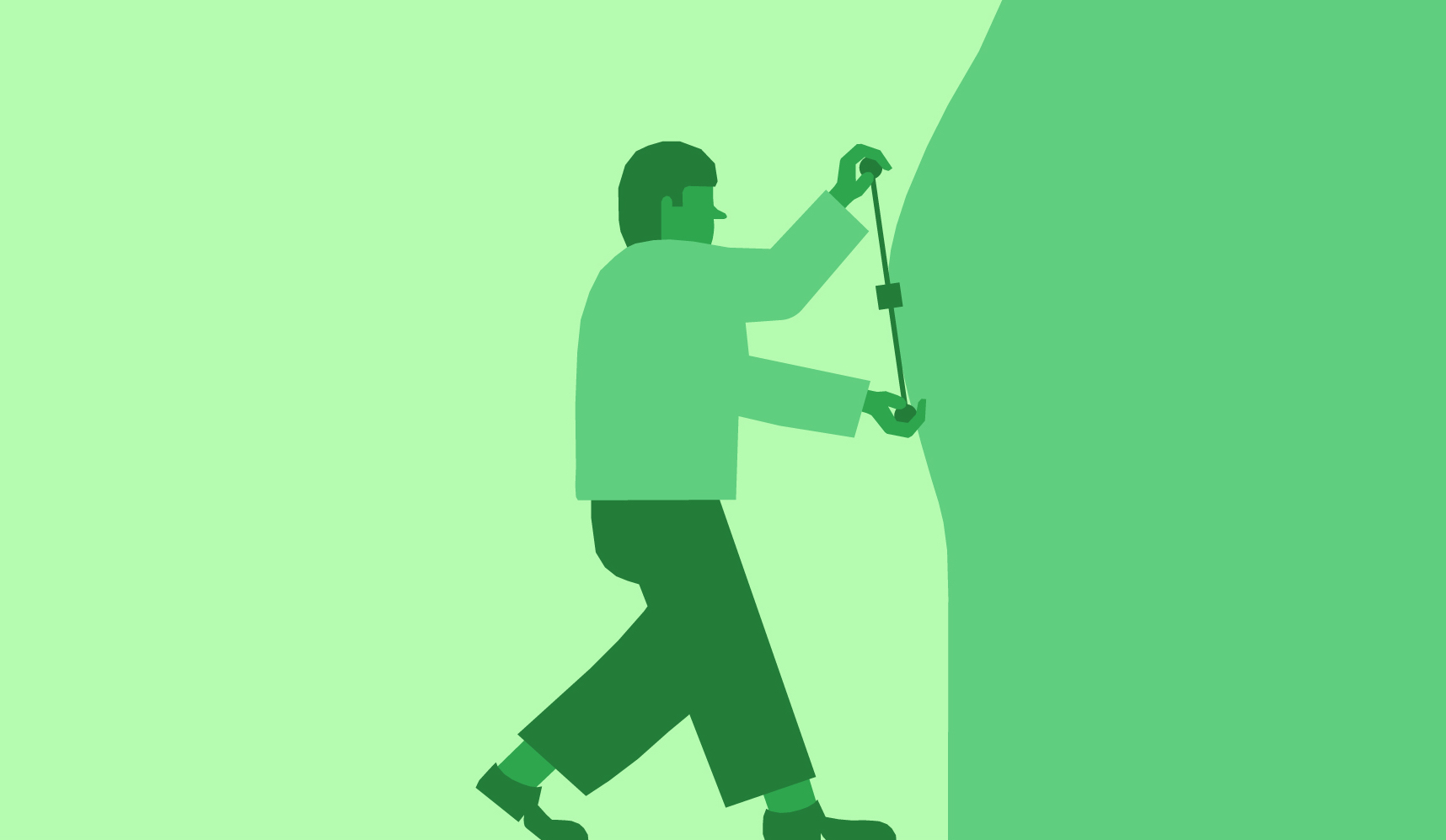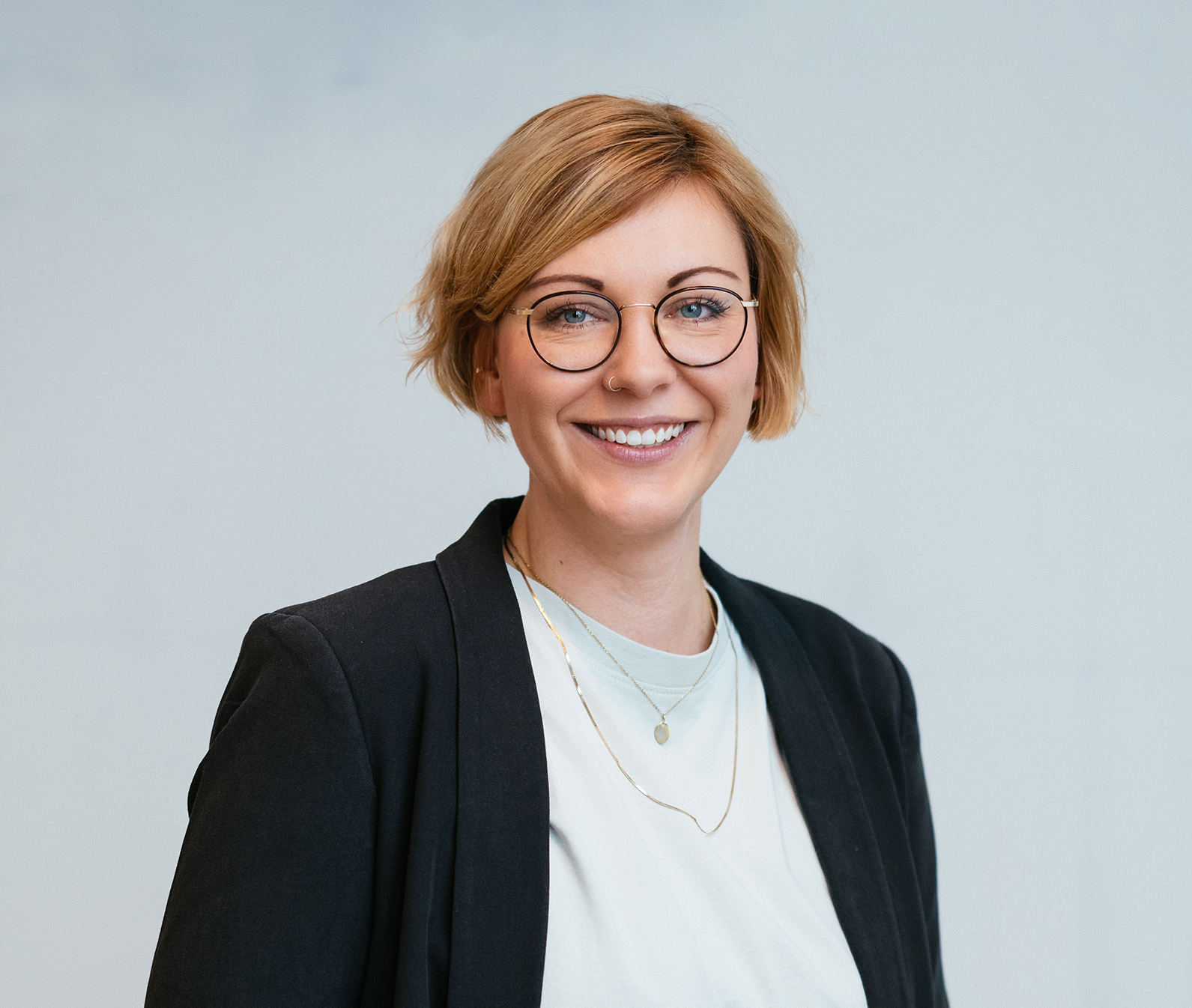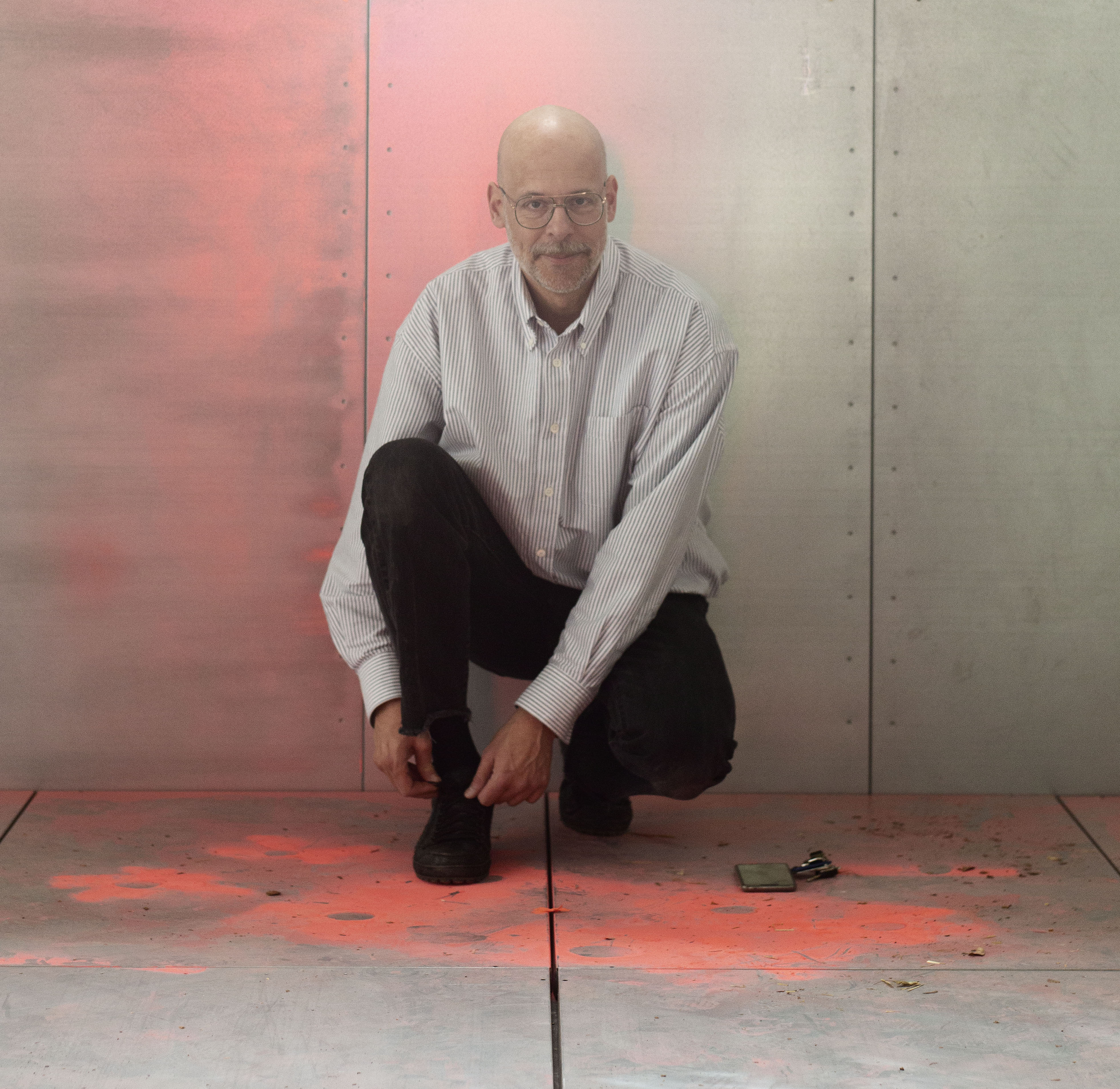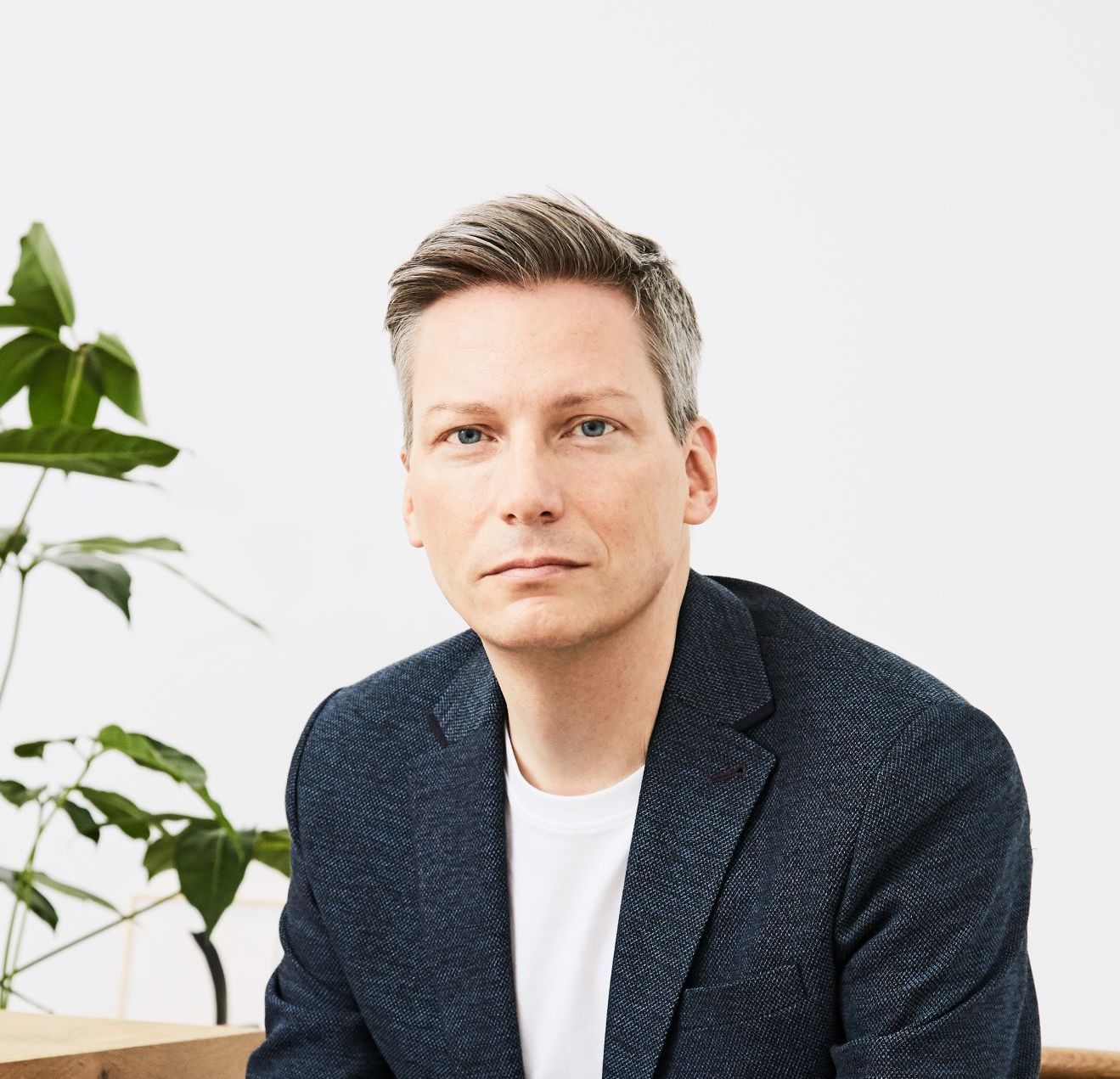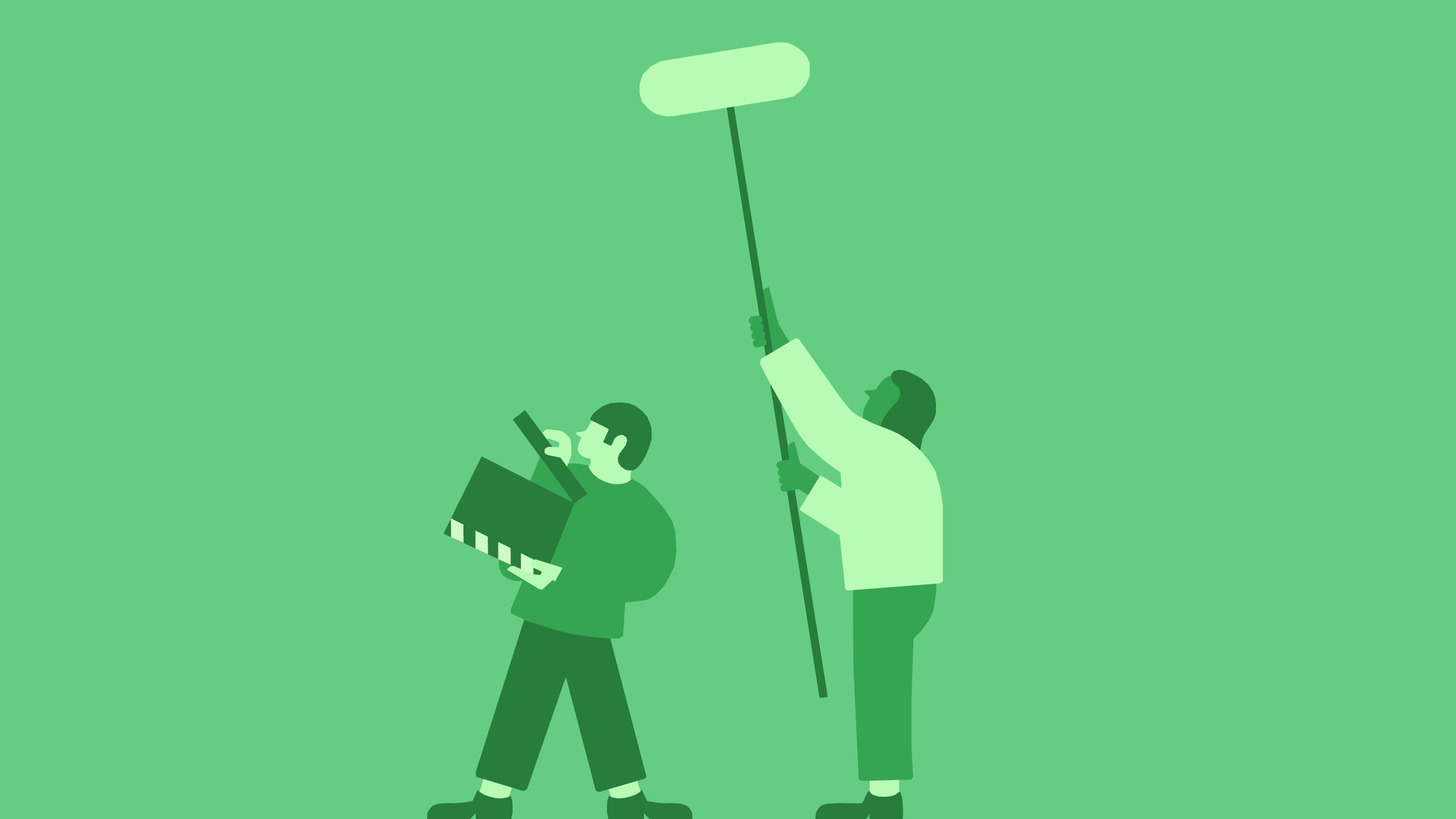Tanja Hildebrandt is already part of such a collective with her studio Re.Frame. The communication designer sees collectives as a kind of "antithesis" to traditional agencies in terms of working methods and transparency: decisions are made as a team, daily rates are posted on the website. And at some point, says Hildebrandt, the plan is to go one step further: Then Re.Frame wants to become a co-operative.
Social, ecological design
The understanding of its own role corresponds with a development in terms of content - because the design industry is also recognised as playing a central role in shaping ecological, social and economic change. Senator for Culture Carsten Brosda, for example, describes designers as the "blueprint builders of our world of tomorrow." Instead of designing disposable products, Hamburg studios such as Indeed Innovation, Design for Human Nature and Re.Frame specialise in the development of sustainable products, services and digital worlds.
"The economic transformation harbours a great opportunity for us," says Tanja Hildebrandt. According to a proposal for an EU Ecodesign Regulation, over 80 per cent of a product's environmental impact depends on design decisions. The design determines how durable a product is, whether we can repair, retrofit and recycle it. This is where creativity meets the circular economy and behavioural research.
Hamburg has the opportunity to develop a more interdisciplinary concept of design, says Professor Fezer. "Companies cannot answer the big and urgent ecological and social questions on their own," he says. "That's why I see a great dynamic in design away from industry and the market and towards a practice for urban and social actors such as foundations, NGOs and local institutions."
